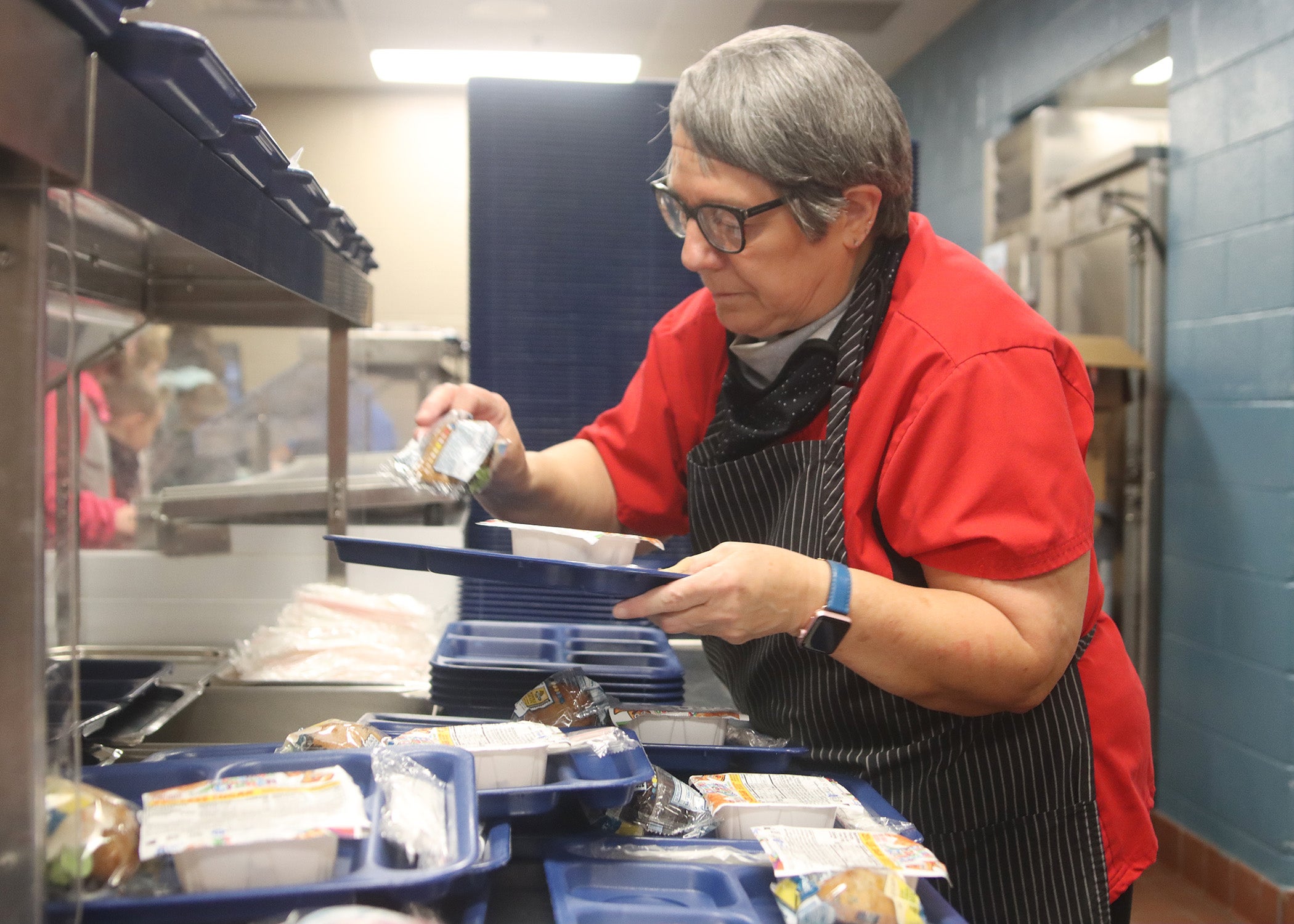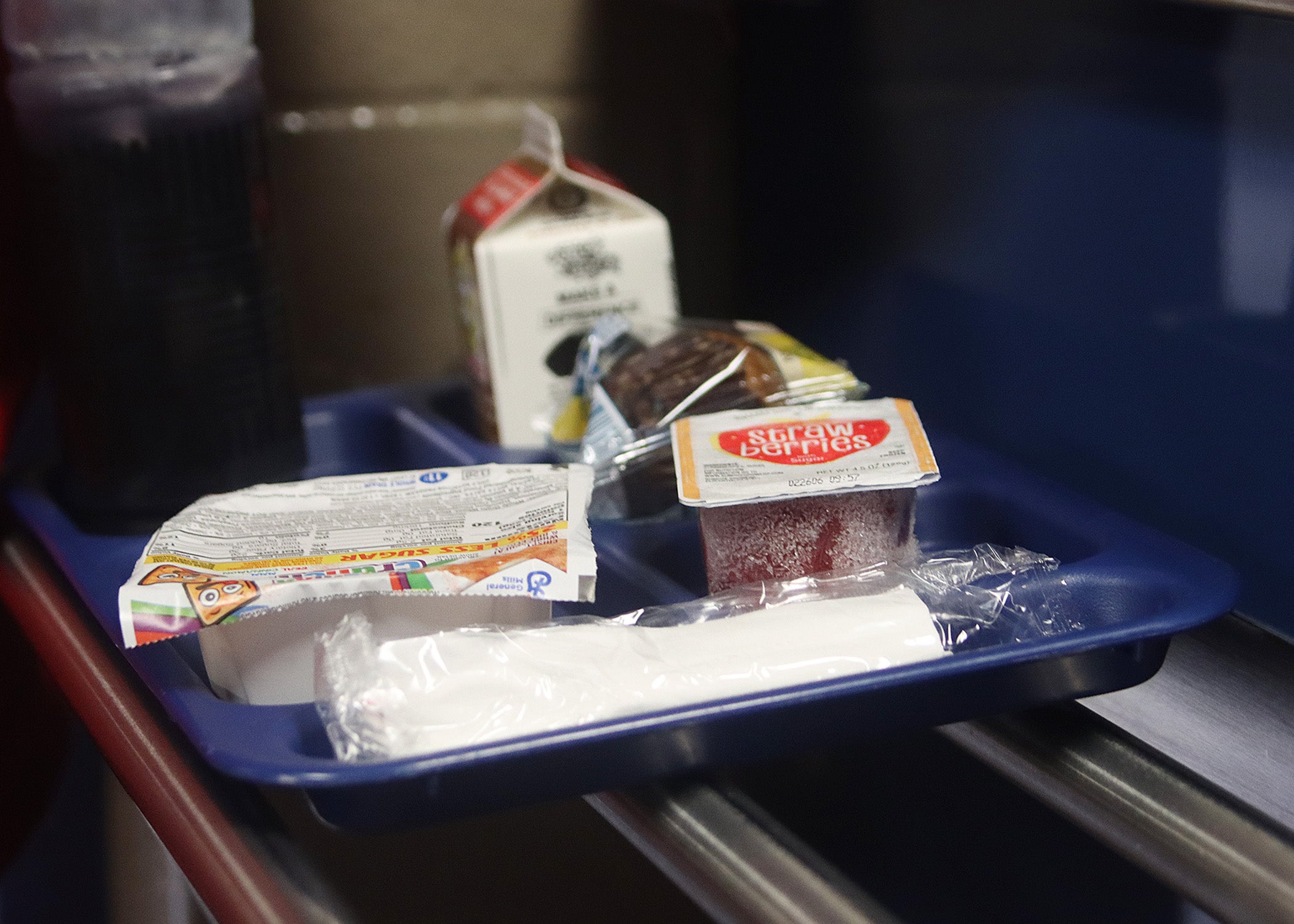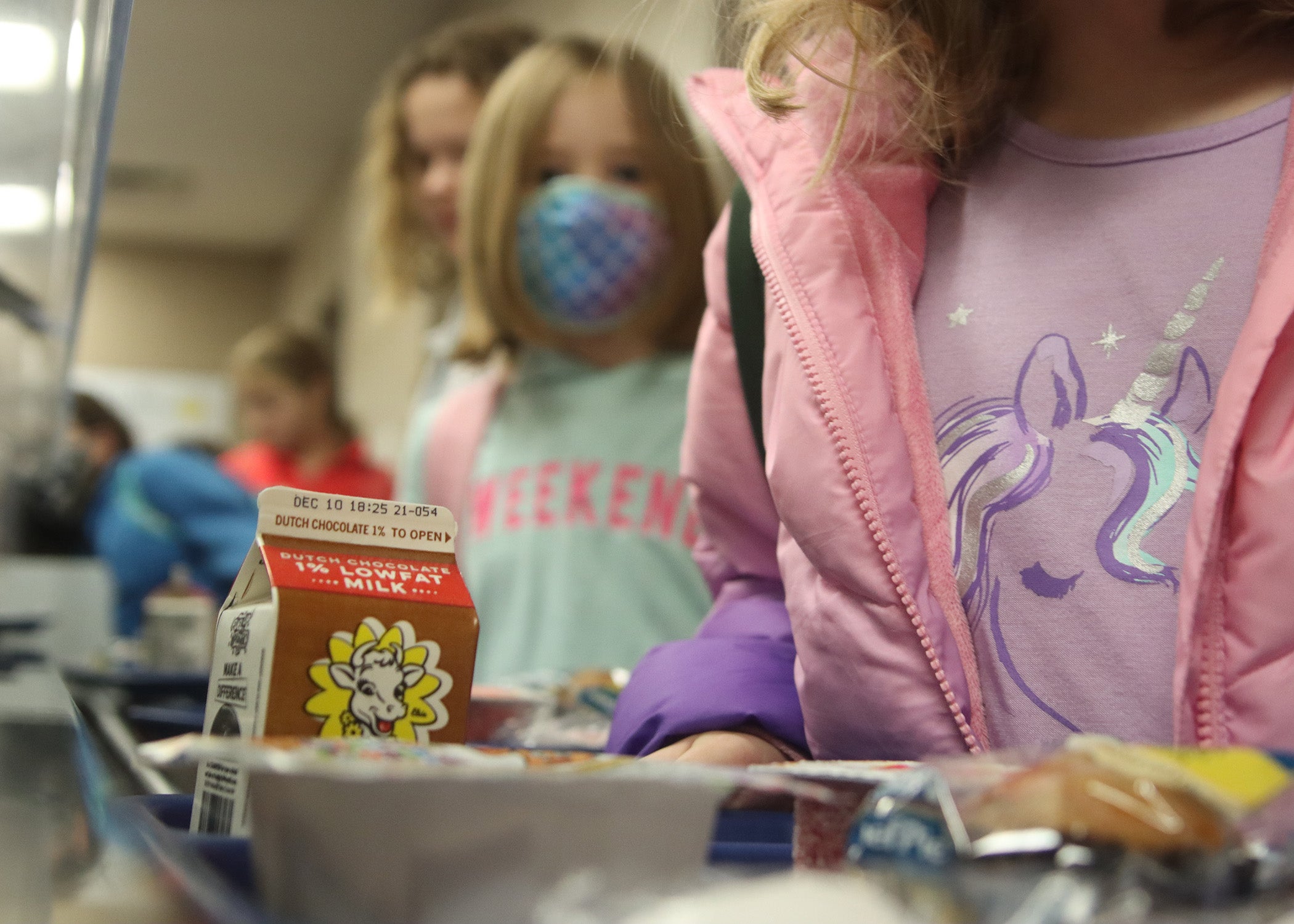School district faces food shortages; Staff gets creative to feed students
Published 8:33 am Tuesday, December 7, 2021
|
Getting your Trinity Audio player ready...
|
Feeding approximately 3,200 students a day in the Lincoln County School District has never been an easy task, but with national shortages in the food supply chain and labor issues with some manufacturers, it’s getting even harder.
Cathy Hettmansperger is food service director for the school district. She said serving breakfast, lunch, snacks, and even supper for some students in the district’s 21st Century program puts the total at roughly 7,500 meals daily, if not more.
“Our biggest challenge right now is that there are no disposables, as far as foam products, like foam plates,” she said. “We are lucky to get forks. Most of our elementary schools have gotten all plastic wrapped, but at the high school I noticed a week ago they just had the forks and they weren’t even wrapped.”
She added that many of the cups used to portion out foods for students are also in short supply, including souffle cups and other items.
“We don’t have anything like that anymore,” she said.
Many of the foods considered “convenience foods” such as prepackaged items including muffins and cereal have been in short supply, but while visiting Stanford Elementary last Wednesday morning, Hettmansperger said the school was “lucky” to have those items on hand.
She said Gordon Food Service is the primary supplier for Lincoln and other school districts around Kentucky. GFS has a limited supply, and that dictates what Hettmansperger and others in her position across the state and beyond have to offer to their students.
She said her district places orders on Wednesday of each week, and they receive their orders every Monday. Unfortunately, she never knows what GFS has in stock in its warehouses, and she never knows what foods will be available until the order arrives.
“It’s frustrating,” she said. “We don’t know what’s in that warehouse, and we’re making requests with no idea if the order will be filled. Then you get an email that says you have 29 items that are out of stock.”
When orders can’t be filled, Hettmansperger said the managers at each of the district’s seven schools have to figure out what to do. Her suggestion is simple – substitute.
“We’ve just had to substitute at times. When we get hamburgers in and we don’t get buns, we almost always have brown gravy, so we’ll put brown gravy on our hamburgers, and it’s Salisbury steak for lunch instead of a hamburger,” she explained.
When GFS and other suppliers can’t deliver, Hettmansperger and her staff work with local stores like Durham’s Grocery.
“I’ve had to go to Durham’s to buy hot dog buns, and they are going to bring us hams for us for our Christmas meal,” she said.
Lincoln County has not had to use Sam’s Club yet, but Hettmansperger said she knows directors in other school districts who have had to take a large truck to the warehouse store and purchase items for their students’ meals.
Meeting the standards
School districts are required to provide certain foods to their students to receive reimbursement funds from the USDA.
Hettmansperger said she and other food service managers across the state have been in contact with the USDA about the issues they are facing, and she said the USDA has helped by “getting on” the suppliers because they have product, but it often goes to grocery stores instead of schools.
For a school district to receive reimbursement for the cost of a meal, she said they are required to offer students certain foods to meet nutritional requirements, including whole grain bread. Since the supply has been short, she said they are looking at alternatives.
“We’ve asked for waivers from the USDA to serve bread that’s not whole grain because we’re just not getting it anymore. It’s supposed to be 50-percent whole grain, but it comes down to “What if we can’t get bread on that meal?’ So some of our managers have ordered cornmeal to make cornbread in case we don’t have bread,” she said, adding that this would allow the district to continue serving a reimbursable meal.
When a reimbursable meal is served, she said the district receives $4.59 per meal, while spending about $2 per meal they serve.
“Students have to take three items out of five – one has to be a cup of fruit or cup of vegetables, a grain, and then the entree – a meat option, and then your milk. You have to offer three of those items to have it be a reimbursable meal,” she explained.
Currently, the district is using a lot of USDA commodities, and she said that helps since they experience additional costs such as the extra work her staff does to make the meals what they need to be, and also to go to stores to purchase items needed for meals.
“The USDA has us writing letters, asking for our comments on how supply and demand are going. They are trying to figure out a way to help us out,” she said. “I think most food service directors would tell you that having that reimbursable meal is the biggest thing. Having something to feed them at breakfast – breakfast is our biggest problem, getting eggs and biscuits.”
Supply issues from companies facing labor issues produce some of the major issues faced by the district, and Michael Rowe, superintendent of Lincoln County Schools, echoed Hettmansperger’s sentiments.
“Obviously, we are seeing the impact of national supply chain shortages in our cafeterias. The shortages are sporadic and our cafeteria staff is working around the clock to find substitute items from different vendors so we can maintain stability in our menu. We are extremely proud of our cafeteria staff as they doing everything they can to put healthy, nutritious food on the plate for our students,” he said.
In the meantime, while they work to make sure local students are fed well each day, Hettmansperger said she has a simple motto.
“I always say, ‘It’s going to get better,’ so I just try to encourage everyone to stay positive,” she said. “Unfortunately, they say it’s not going to get any better until the 2022 school year, so we’re looking at a long haul here, but we’ve got to stay positive.”









